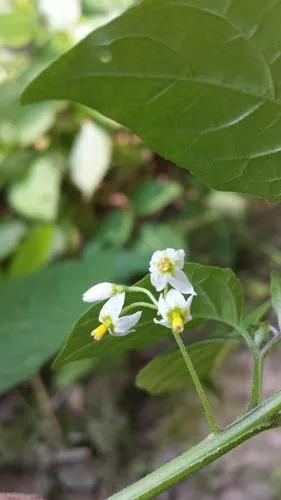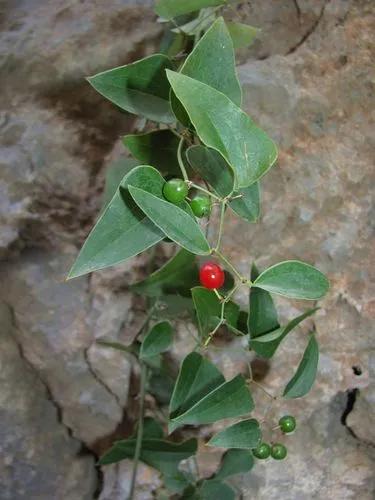Morus australis, also called Korean mulberry and Chinese mulberry. This species has often been confused with the white mulberry ( Morus alba ) from which it differs by the fact that the stigmas are carried by a well individualized style whereas it is practically absent in Morus alba.
Korean Mulberry Care
Morus Australis



The plane-leaved mulberry is a shrub or small tree with deciduous leaves and greyish-brown bark, with hairless young shoots, and can reach 6 to 7 meters in height. The leaves , of very variable size and shape, are carried by a petiole of 1 to 1.5 cm provided at its base with linear-lanceolate stipules.
The leaf blade , generally lanceolate to broadly oval, with a truncated or cordate base, and toothed edges, 5 to 15 cm long by 2 to 14 cmbroad, is simple or often very deeply lobed, in this case presenting 3 or 5 rounded to linear lobes at the acute apex. The underside (abaxial), downy, quickly becoming glabrous or almost, and the upper surface (adaxial) dark green, scabrous, covered with tiny warts which make it slightly rough to the touch 4 , 3 .
How to Care for the Plant

Popularity

1,065 people already have this plant 55 people have added this plant to their wishlists
Discover more plants with the list below
Popular articles






